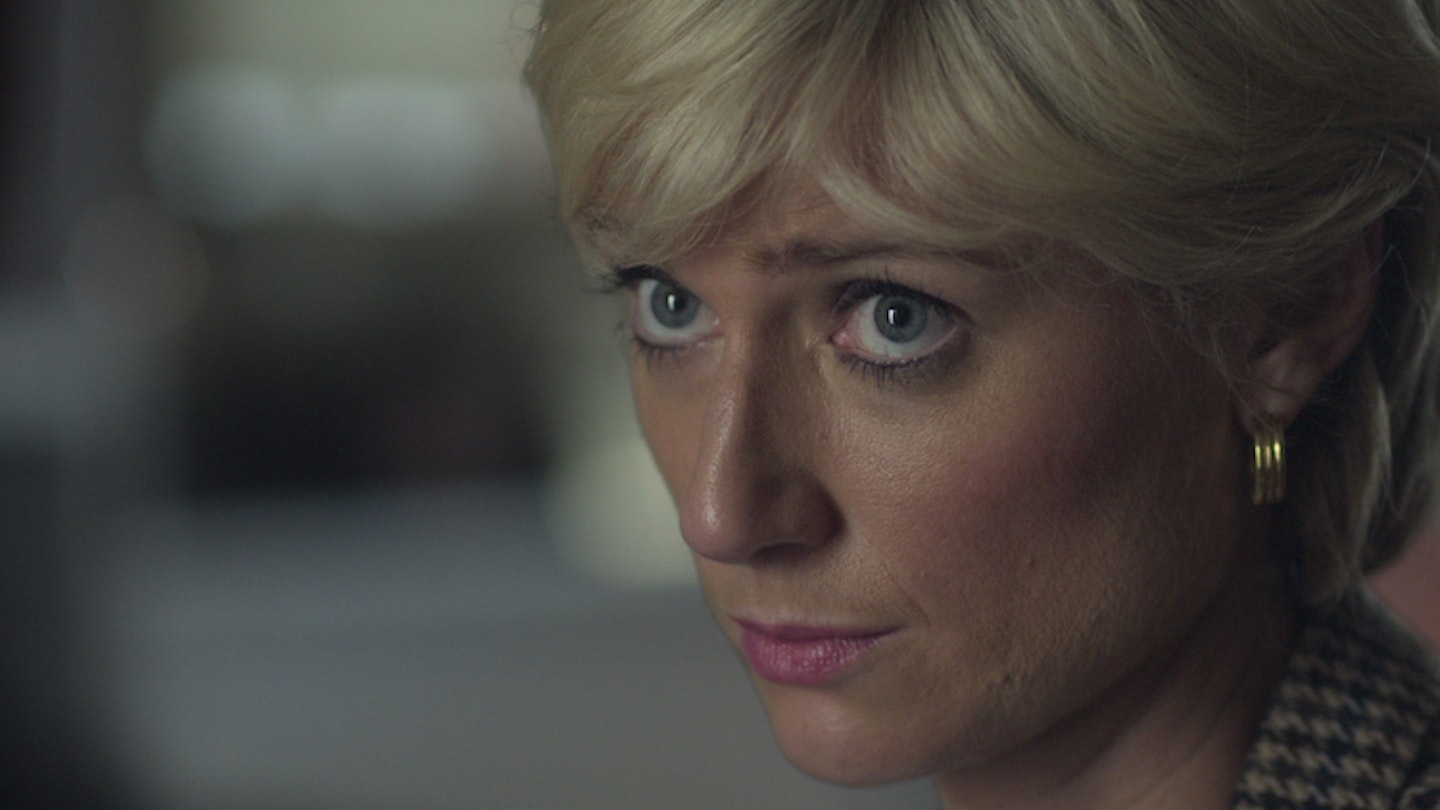The first reviews of The Crown season six, part one are in – and we’ve also had the chance to watch the new episodes ahead of the show dropping on Netflix this Thursday 14 November. Set in 1997, the plot focuses on Princess Diana’s final months – her trip to St Tropez, her time with Dodi, her visit to Bosnia in support of land mine charities, and ultimately her final, fateful visit to Paris, and the car crash that took her life.
The dramatisation of her death has been controversial ever since it was announced that the show would cover the tragic events. So how does The Crown handle it? And does it get it ‘right’?
The very first scene of season six sees a man walking his dog at night, the Eiffel Tower looms over him: we are in Paris, and we know what is coming. A car screeches past, entering a tunnel, pursued my motorbikes. We hear the sound of a crash, but we do not see it. The man hurriedly called emergency services. Then we cut to the opening credits, and the solemn theme tune of The Crown.
The next scene jumps back in time – ‘8 weeks earlier’ – as Diana (Elizabeth Debicki) visits Tony Blairat Chequers, before heading to St Tropez with a young William and Harry at the invitation of Mohamed Al-Fayed. The events of that summer then unfold, until, in episode three, the plot eventually catches back up with the man in Paris walking his dog. We see the same scene – the car entering the tunnel, the sickening sound of the crash. But beyond that The Crown does not linger on the car accident. In that, at least, there is nothing sensationalist.
At the start of episode four we see a grief-stricken Mohamed Al-Fayed visit the scene of the crash, but it is a blur of flashing lights, nothing is shown close up. It feels sensitively handled.
The same can be said for the scene where medical staff waiting anxiously outside the operating theatre that Diana is in. A surgeon steps out and shakes his head. A phone rings at Balmoral Castle.
Later, when Charles goes to Paris to bring Diana’s body home, while we do see him view her body – we, the viewers, do not see her.
Where it starts to get uncomfortable is in the depiction of the very raw grief of Diana’s loved ones as the awful news reaches them. We see Charles on the phone to Camilla, telling her he wants to let Harry and William sleep in late, saying, ‘While they’re sleeping they still have a mother’.
We watch Charles waking up Will, telling him, ‘I'm afraid you’re going to have to be very brave.’ We see Will at the foot of Harry’s bed, as his younger brother is told the dreadful news. These intimate scenes – Will sniffing a jumper of his mother’s, sobbing; Harry crying silently in church the next day during hymns, then later unwrapping a birthday present Diana bough for him in Paris but never got to give him – feel wrong somehow.
Of course, these are the emotional moments that a drama like The Crown requires, but for me at least, it felt intrusive to speculate as to how the boys will have behaved in the immediate shockwaves of grief in the days after their mother’s death. We can only imagine the pain they were in; seeing it on screen is another thing altogether. Perhaps it’s because it is still so relatively recent – these boys, now grown men, are not historical figures, they are living, breathing people, who must still feel the pain of losing their mother so suddenly and in such an awful way.
In episode four, they recreate the moment Harry and Will walk behind their mother’s coffin through the streets of London on the day of her funeral– an image few of us can forget. The scenes are cut with real aerial footage of the moment, further blurring the line between the real events, and the dramatisation of them. In the show, Prince Philip tells William, ‘They’re not crying for her; they’re crying for you.’ And as a viewer, your tears are for the boys, too. Which makes you think: is it all too soon to be reliving this via a TV drama?
As The Crown edges ever closer to the present, the ‘entertainment’ value becomes more complicated (let’s not talk here about her ‘ghost’ appearing to Charles and the Queen: a truly bizarre creative decision). While the tabloid reports of The Crown depicting close-ups of Diana in the tunnel, or her body in an open casket proved to be untrue, there is something unsettling about the grief of her sons’ becoming Netflix fodder.
